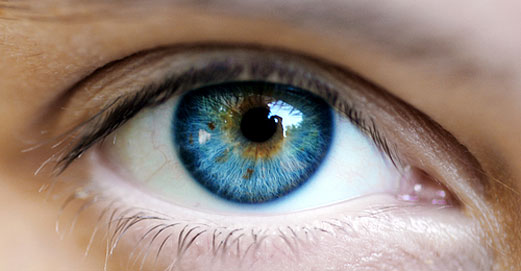


Stem Cell Treatment for Eye Diseases
Stem Cell Therapy Institute offers treatment for various eye diseases including macular degeneration, glaucoma, retinitis pigmentosa and diabetic retinopathy. Treatment involves the use of adipose-derived stem cells that are harvested from the patient's own body.
With an amazing capacity to remodel themselves, adult stem cells are also undifferentiated and can mutate into a multitude of organs in the patient's body. Vital in many treatments they reconstruct damaged tissues and rehabilitate deficient fibers through the rapid activity of cell division, whereby the stem cells multiply indefinitely. Our age has witnessed tremendous breakthroughs and findings and stem cell science continues to make strides in increasing its sophistication and relevance to our health
Macular Degeneration Treatment with Stem Cell Therapy
Macular degeneration is an eye disease caused by damage to the retina. It results in loss of vision in the macula, which is the center of the visual field. There are two forms of the disease, dry (nonexudative) and wet (exudative). In dry macular degeneration cellular debris accumulates between the retina and the choroid, which is an area that contains the blood supply to all three layers of the eye, and the retina can become detached.
Wet macular degeneration causes blood vessels to develop from the choroid behind the retina, and the retina can again become detached. This type of macular degeneration is more severe.
The disease is a large cause of visual impairment in adults over 50, making age related macular degeneration the most common form. Macular degeneration symptoms include difficulty in recognizing or reading people's faces, and the condition can lead to legal blindness and the inability to drive.
Glaucoma treatment with Stem Cell Therapy
The term glaucoma is used to describe several eye conditions that damage the optic nerve, which is the nerve that communicates visual information from the eye to the brain. Often this damage is caused by intraocular pressure, or IOP, which means there is increased pressure in the eye. IOP develops when something blocks the flow of aqueous humor, a clear fluid that is constantly produced and continuously fills the front part of the eye before flowing back out.
The second highest cause of blindness in the United States is glaucoma.
Glaucoma is the second most common cause of blindness in the United States. Glaucoma symptoms can include the gradual loss of peripheral vision (or tunnel vision), severe, sudden pain in one eye, red eye, vomiting, nausea or cloudy vision.
Stem Cell Therapy treats Retinitis Pigmentosa
The second highest cause of blindness in the United States is glaucoma.
Glaucoma is the second most common cause of blindness in the United States. Glaucoma symptoms can include the gradual loss of peripheral vision (or tunnel vision), severe, sudden pain in one eye, red eye, vomiting, nausea or cloudy vision.
Retinitis is not very common and only 1 in 4000 people in the United States are affected by the disease. People who are most at risk of the condition are those with a family history of it.
Diabetic retinopathy treatment with Stem Cell Therapy
In diabetic retinopathy the retina becomes damaged due to long-term diabetes. The retina is a tissue that is situated at the back of the eye and it converts received images into nerve signals before delivering them to the brain.
Diabetic retinopathy occurs when the blood vessels of the retina become damaged. Nonproliferative diabetic retinopathy refers to the early stages of the disease where blood vessels in the eye form microaneurysms, which means they are enlarged in certain areas. They can also become blocked.
The more severe and advanced stage of the disease is called proliferative retinopathy. New blood vessels appear in the eye, causing increasingly poor vision and other symptoms. Diabetic retinopathy symptoms range from blurred vision and gradual vision loss to shadows, missing sections of vision and difficulty seeing at night.
The number one cause of blindness in Americans of working age is diabetic retinopathy. Both type 1 and type 2 diabetes patients are at risk of developing the condition. The longer someone has had diabetes the more likely they are to develop diabetic retinopathy. Poorly managed diabetes tends to make diabetic retinopathy more severe and occur earlier. Most people who have had diabetes for over 30 years present symptoms of diabetic retinopathy.
